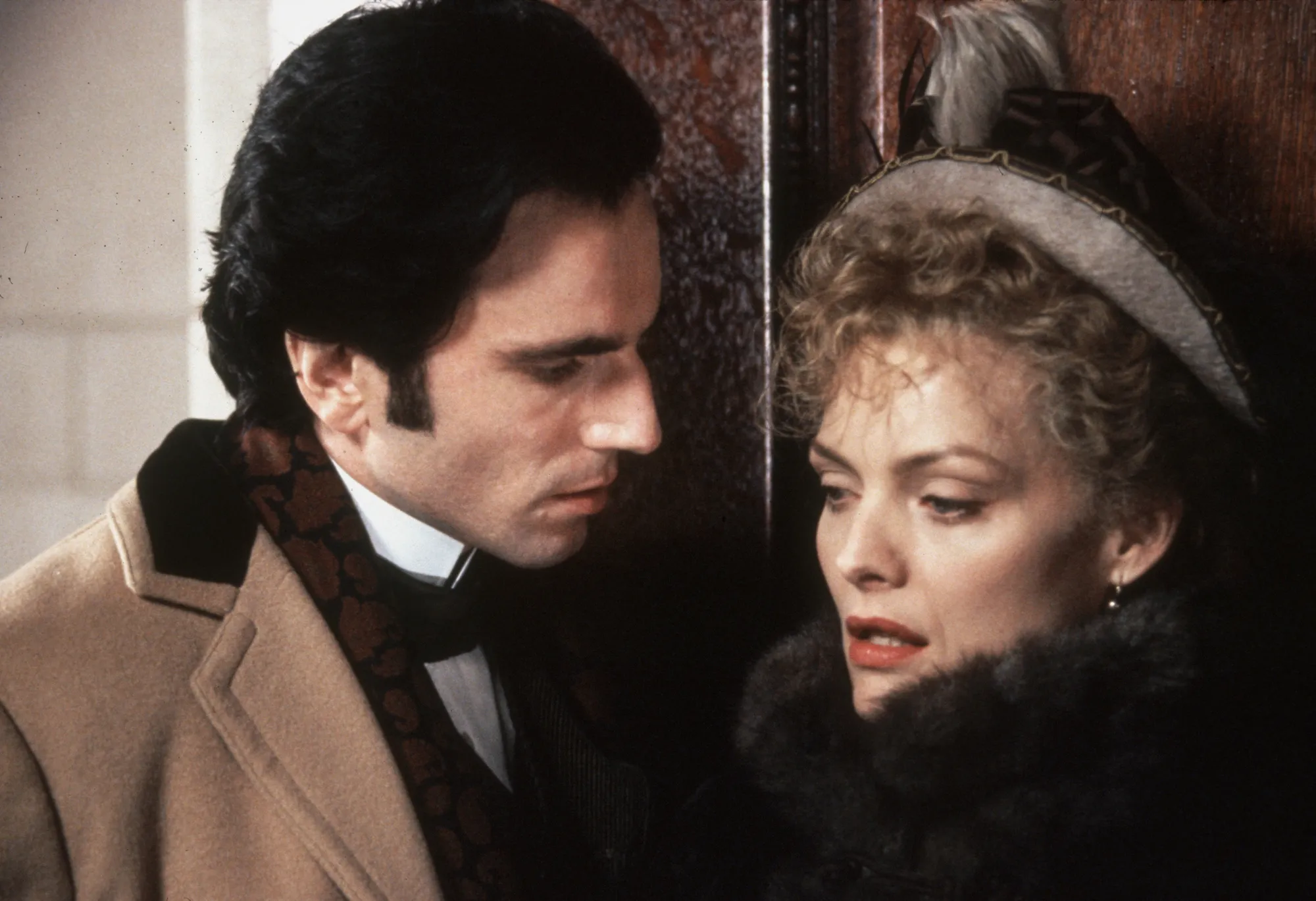During “The Age of Innocence” at the end of the 19th century, a select set of New Yorkers naively emulated Europeans. To this end, they held balls that would make Queen Victoria blush, imported the latest fashions from Paris and attended operas and plays that had already graced foreign stages. They created an elaborate system of social mores and coveted conformity. Edith Jones came of age in this opulent milieu. Her family was so wealthy that everyone else seemed to be “keeping up with the Joneses,” but she aspired to become more than a socialite. After her marriage to Edward Wharton in 1885, Edith Wharton became one of America’s most renowned writers.
Although he is one of America’s most acclaimed filmmakers, Martin Scorsese might seem like a strange director to adapt Wharton’s work. Like Wharton, Scorsese is a New Yorker, but he grew up in the 1950s, in the less lavish neighborhood of Little Italy. Yet, Scorsese’s 1993 film version of Wharton’s Pulitzer Prize-winning novel “The Age of Innocence” is an unqualified triumph. Against all odds, the Catholic cineaste is able to provide insight into the cultured debutante’s resplendent world. As an outsider, Scorsese can capture the discontent lurking under the sumptuous surface.
Wharton’s story is certainly suffused with sorrow and anguish. Newland Archer, the scion of a distinguished family, is engaged to the comely May Welland. Just before their wedding, however, the Countess Ellen Olenska returns from Europe. She married a nobleman, but their relationship disintegrated. Her failed union quickly becomes the subject of scandal, but Newland is drawn to her. They have an affair. Still, despite their infatuations with each other, they both know full well that their romance is futile.
Scorsese makes their passion and pain the center of the film, but he is careful to situate the plot in its proper context. Scorsese’s great strength as an auteur is his commitment to verisimilitude. In “Taxi Driver,” he peerlessly depicts the somber streets of 1970s New York. In “Gangs of New York,” he painstakingly details the societal strife in the city during the 1860s. Similarly, in “The Age of Innocence,” Scorsese illuminates the rites of the rich. He uses long tracking shots to showcase the splendor of their social events. He employs wide shots to exhibit the colossal architecture that they inhabit. When characters attend the opera, he includes only a brief shot of the stage. For the rest of the sequence, he focuses on the reactions of the patrons. Therefore, he emphasizes that these viewers care more about being seen than seeing the scene onstage.
Scorsese is able to evoke this atmosphere not because he was ever a part of it, but because he has carefully studied the visual culture of the era. He is selective in drawing inspiration from other sources. He considers what people in Wharton’s time would have admired. Many of Wharton’s compatriots had their portraits done by the American expatriate John Singer Sargent. Sargent produced massive but skillful paintings of society’s most prominent personages. He paid close attention to their couture and used warm, hazy light to render them in the most flattering manner. Several of Scorsese’s shots are indebted to Sargent’s aesthetics. Ellen or May will often fill up the entire frame, and their surroundings are imbued with similar hues.
Of course, cinema was not a mass medium in Wharton’s time. While Scorsese quotes other movies, he alludes to films that affluent New Yorkers in the 1890s would have appreciated. Even the Joneses would have been jealous of the film director Luchino Visconti, who belonged to the oldest and most respected family in Italy. Visconti continually referenced his illustrious heritage in his work, and Scorsese seems to have borrowed entire scenes from his movies. Scorsese’s sequence in the theater hews closely to the template Visconti creates in his film “Senso,” and his staging of the grand ball is nearly stolen from Visconti’s “The Leopard.”
Yet, by drawing on the works of artists like Sargent and Visconti, Scorsese is not only able to enter Wharton’s world, but also convey her social critique. Wharton was concerned with the role of women in high society. Although they may have had money, these women were powerless. A glance at Sargent’s catalogue confirms this—female sitters are always introduced by their husband’s name, as Mrs. Carl Meyer or Mrs. Hugh Hammersley. By telling the stories of unconventional women like Ellen Olenska, Wharton hoped to upend her readers’ conceptions of gender. Scorsese finds a filmic equivalent of Wharton’s tactic. It is striking to see the Countess Olenska portrayed as if she is the subject of a Sargent portrait. When Newland talks to her, however, he does not address her by her husband’s name, but by her own. Subtly, Scorsese disturbs our notions about Wharton’s era. When Scorsese’s filmmaking suddenly seems derivative of Visconti’s, he is echoing another of Wharton’s fundamental insights. Wharton stressed that no matter how closely the wealthy copied their continental counterparts, they were still only Americans. Just as they were pale imitators of Europeans, Scorsese cannot help but be a lesser Visconti.
Scorsese’s success in adapting “The Age of Innocence” challenges the old maxim “write what you know.” Edith Wharton’s New York may not resemble the landscapes of Scorsese’s other prominent pictures. Yet, through skill and allusion, Scorsese is able to enter an ephemeral era and create an emotional, exquisite film.
Contact Amir Abou-Jaoude at amir2 ‘at’ stanford.edu.
